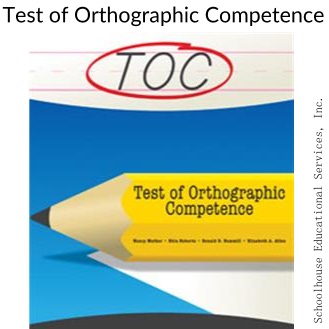Frequently Asked Questions About Orthographic Processing
Answers by Milton J. Dehn, Ed.D.
What is orthographic processing?
It is the ability to visually recognize and remember written words and parts of words. It includes the ability to immediately recognize letter sequences and patterns and to spell phonetically irregular words.
How is orthographic processing related to reading?
Orthographic processing and memory allow the immediate recognition of words and parts of words. It is necessary for reading fluency.
How is orthographic processing related to dyslexia?
Weak orthographic processing, along with weak phonological processing, can cause dyslexia. When orthographic processing is deficient, it is referred to as “Surface” dyslexia. It is characterized by low sight word vocabulary, weak reading of irregular words, slow reading rate, and spelling errors, especially with irregular words. Individuals with dyslexia may be exposed to a new word dozens of times before the word will be retained in their orthographic memory, whereas normal readers need only 1 – 4 exposures to a new word.
How can orthographic processing be tested?
There are several standardized tests that can be used to assess orthographic processing, including spelling tests. The most comprehensive test is the Test of Orthographic Competence (https://www.schoolhouseeducationalservices.com/test-of-orthographic-competence-toc/)
What is the brain basis of orthographic processing?
Orthographic processing is believed to be located in the fusiform gyrus, an area that overlaps the temporal, parietal, and occipital lobes in the lower part of the cortex in both hemispheres. This is where letter sequences are stored and retrieved from. In individuals with dyslexia the left fusiform gyrus is not very active.
How can orthographic processing be improved?
There are no clear research-based procedures that are known to improve orthographic processing. However, the following suggestions may be helpful:
Encourage the reader to look at bigger chunks of the word instead of one letter at a time.
- Practice reviewing word families with words that differ by only one phoneme, such as rhyming words.
- Do several repetitions of an unknown word each time it is encountered.
- Review sight words frequently.
- Use new sight words in a variety of activities.
- Play a matching game where the reader must match the sight words that are the same.
